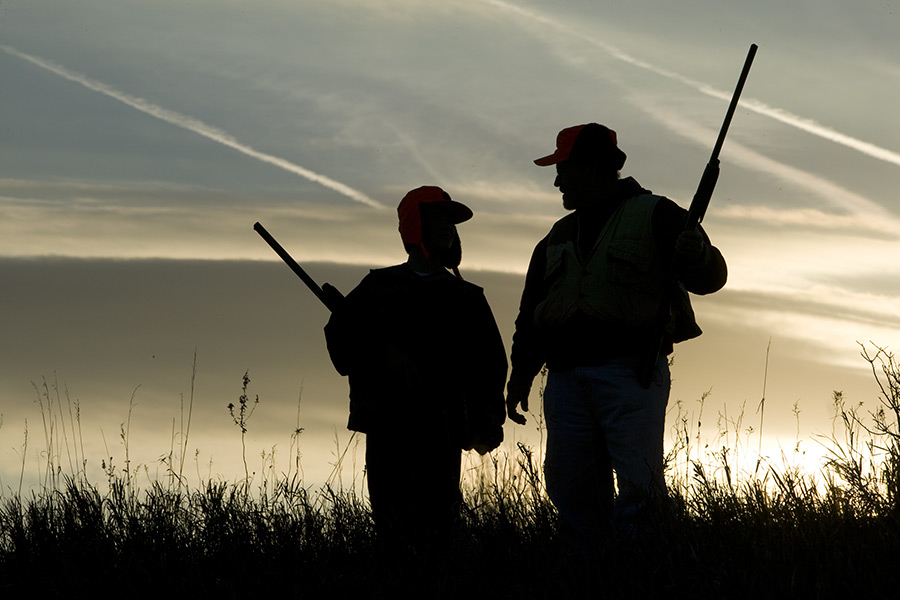Big game check station results indicate a slower than average start to hunting season in northwest Montana, where Montana Fish, Wildlife and Parks officials report low harvests.
After the first two weeks of the general hunting season, a total of 4,788 hunters have stopped at five check stations across the region. Hunters have reported a total of 241 white-tailed deer, including 114 bucks, as well as 23 mule deer and 28 elk. The hunter success rate is 6.1 percent to date, compared to 7.4 percent after two weeks a year ago.
The number of elk harvested so far in the region is identical to last year and on pace with the 10-year average. The mule deer harvest is higher than last year but remains below average compared to recent years. The harvest of white-tailed deer is below average but is expected to pick up in the coming weeks as the rut approaches.
The counts at the hunter check stations represent a sampling of the harvest and do not represent the complete number of animals taken.
Hunters are required to stop at game check stations they encounter, even if they have not harvested an animal. The general rifle season for deer and elk runs through Sunday, Nov. 25.
Officials are also reminding hunters to follow the new regulations and carcass-transport restrictions surrounding the threat of chronic wasting disease (CWD). Last year, CWD was discovered in deer south of Billings and north of Chester. This contagious neurological disease infects deer, elk and moose. It is always fatal and there is no known cure. CWD is not known to infect humans, but it is strongly recommended that humans not eat meat from infected animals.
Because of the discovery of CWD, Montana Fish, Wildlife and Parks has established CWD positive areas and transport restriction zones in both parts of the state where the disease was found.
The CWD positive areas are in part of Hunting District 401 in Liberty County north of U.S. Highway 2 to the Canadian border and in Carbon County east of U.S. Highway 212 and the Roberts-Cooney Road to the Wyoming border.
In addition to the CWD positive areas, FWP established broader transport restriction zones (TRZ) to help prevent the spread of the disease. A TRZ is one or more counties, or portions of counties, that contain a CWD positive area.
To prevent the spread of CWD, no brain or spinal column material from animals taken in the CWD positive area are allowed outside the TRZ.
Hunters are also reminded to properly dispose of carcasses. Once an animal with CWD dies, any part of the carcass can transmit the disease for at least two years. Safely dispose of all animal parts in solid waste landfills to help keep our local herds clean of CWD.
